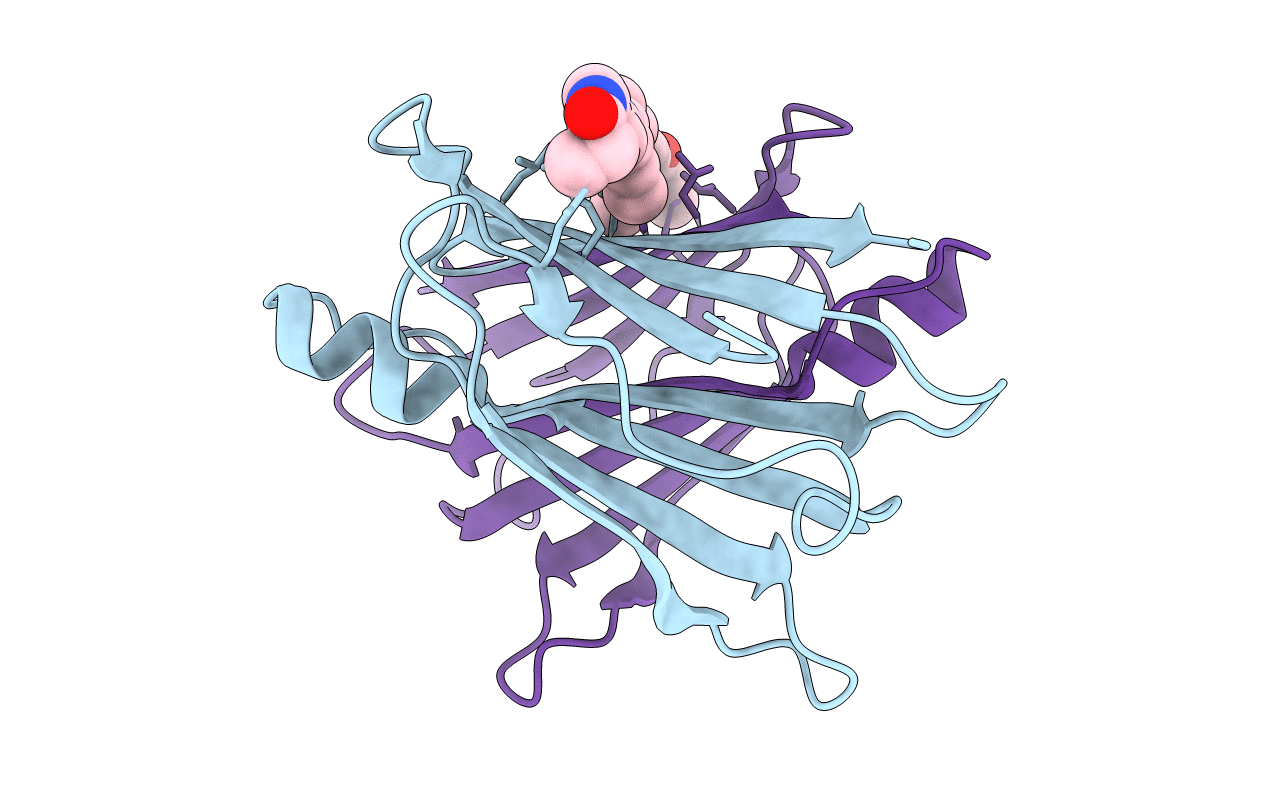
Deposition Date
2012-10-14
Release Date
2013-12-04
Last Version Date
2024-10-09
Entry Detail
PDB ID:
4HJT
Keywords:
Title:
Kinetic stabilization of transthyretin through covalent modification of K15 by (E)-N-(4-(4-hydroxy-3,5-dimethylstyryl)phenyl)propionamide
Biological Source:
Source Organism:
Homo sapiens (Taxon ID: 9606)
Host Organism:
Method Details:
Experimental Method:
Resolution:
1.45 Å
R-Value Free:
0.18
R-Value Work:
0.16
R-Value Observed:
0.16
Space Group:
P 21 21 2


